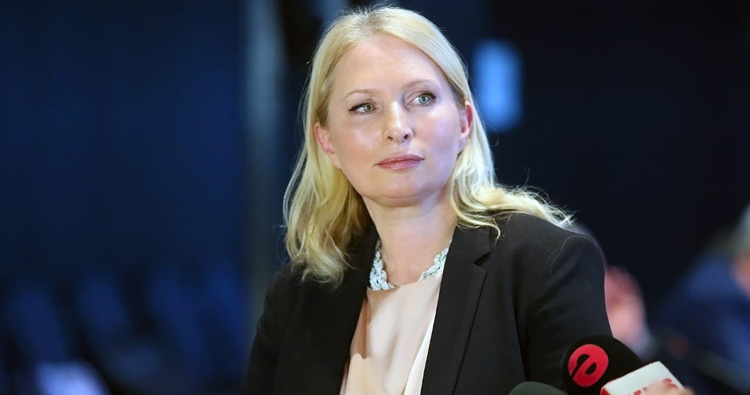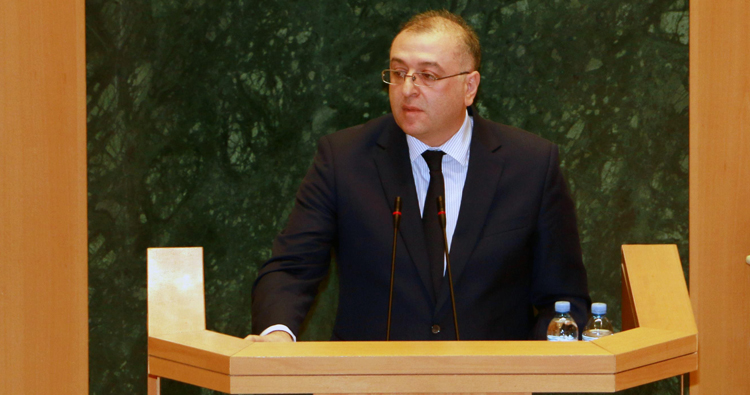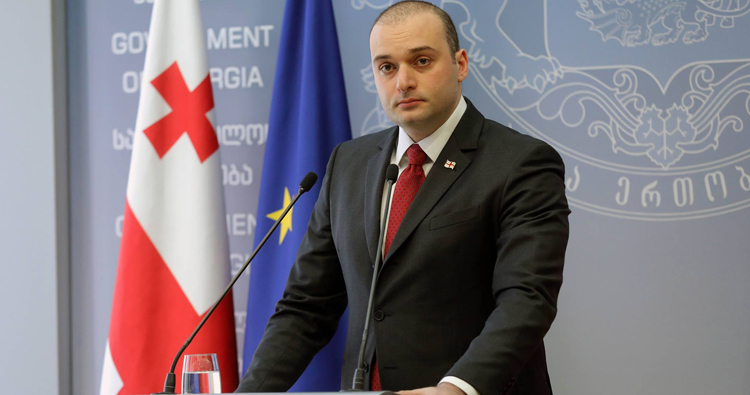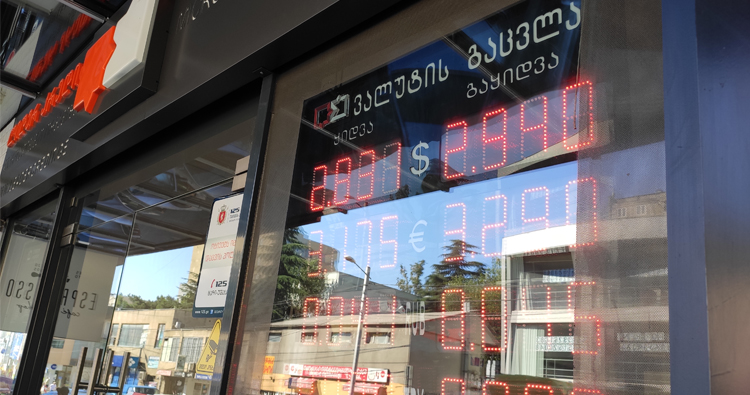NBG: anticipated drop in tourists from Russia affecting Georgian lari
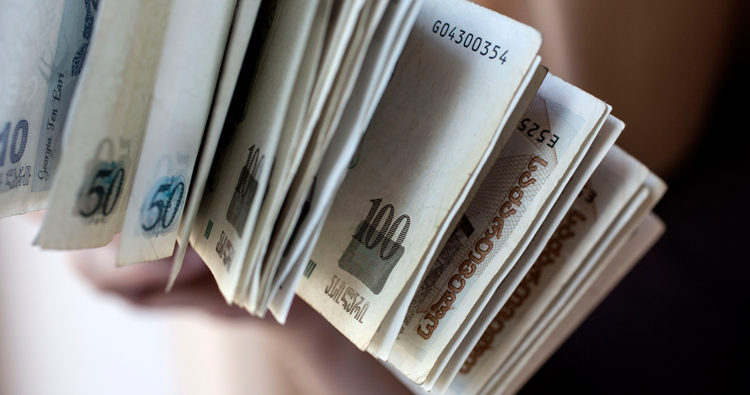
The lari has depreciated in value against the US dollar and the euro in recent days by about 5 tetri, with 1 USD costing 2.8470 GEL, while 1 EUR costs 3.2356 GEL today. Photo: Nino Alavidze/Agenda.ge.
The anticipated drop in tourists from Russia, following Russian President Vladimir Putin’s ban on flights to Georgia this summer, “is reflected on the currency market”, announces the National Bank of Georgia (NBG).
There is a floating exchange rate in Georgia. Different internal or external factors affect the currency rate, including expectations. Accordingly, information about the estimated drop of tourism inflows from Russia is reflected in the currency market of Georgia”, reads the statement published by the NBG today.
The Georgian national currency, the lari, has depreciated in value against the US dollar and the euro in recent days by about 5 tetri, with 1 USD costing 2.8470 GEL (2.8333 as of yesterday), while 1 EUR costs 3.2356 GEL (3.2260 as of yesterday) today.
At this stage, it is difficult to make accurate predictions, but according to the initial calculations, the reduction of tourist flows from Russia will affect the Georgian economy by $200-300 million during the rest of the year. This foreign shock is reflected on the balance of payment of Georgia and, therefore, on the currency exchange rate”, said NBG.
NBG stated that it is better loan and income to be in the same currency.
In this case the borrowers will not be vulnerable to the exchange rate. It was once again confirmed that the dollarisation reduction policy and the introduction of responsible lending practice were correct and timely decisions”, stated NBG.
In the study ‘Russian Sanctions: Manageable Impact on the Growth and Still Betting on the GEL’ TBC Bank says that taking into account the estimated $330 million decline of tourism inflows from Russia over the next year and assuming 60 per cent share of domestic expenditures, projected decline adjusted for imports would be up to $200 million.
Still, external sector is likely to maintain an improving tendency. Namely, trade as well as the current account deficit have a narrowing trend. While FDIs are down, one-offs with a high import component play an important role. Furthermore, total tourism inflows’ growth are expected to remain positive”, read the report.
 Red circles show the increase of the monetary policy rate and green circles decrease. Blue circles mean the NBG left policy rate unchanged. Image: TBC.
Red circles show the increase of the monetary policy rate and green circles decrease. Blue circles mean the NBG left policy rate unchanged. Image: TBC.
The study says that the NBG’s Net International Reserves exceed the lower IMF agreement threshold of $1.52 billion for the end of 2019 by around $200 million, implying more room for the central bank to act if necessary to smooth out unduly exchange rate fluctuations. Over the first six months of 2019, the NBG bought $216 million or three per cent of the same period GDP.
“The central bank is likely to be hawkish on the exchange rate from the perspective of inflation, which is already above the target level…To sum up, though the exchange rate volatility is not ruled out, the above listed arguments are in favour of the GEL”, read the report.
 Tweet
Tweet  Share
Share
